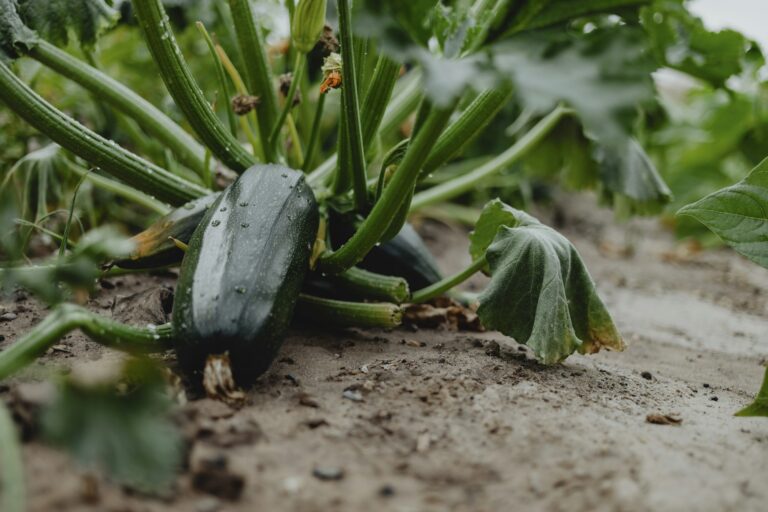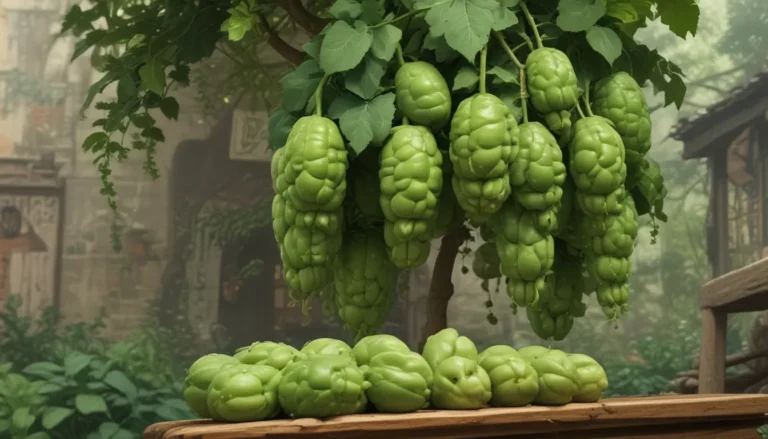Everything You Need to Know About Deadheading Hollyhocks

Hollyhocks have a special place in many gardeners’ hearts. Whether it’s because of childhood memories of creating hollyhock dolls or simply admiring their tall stalks packed full of vibrant blossoms, these biennial plants are a delightful addition to any garden. But when it comes to deadheading hollyhocks, things can get a bit confusing.
In this article, we’ll delve into the world of hollyhocks and discuss everything you need to know about deadheading them. From determining if deadheading is necessary to understanding when and how to do it, we’ve got you covered with all the information you need to keep your hollyhocks looking their best.
Understanding Hollyhocks
Hollyhocks are biennials, which means they only live for two years. However, these plants are prolific self-seeders, so they often return year after year in the garden. While deadheading isn’t strictly necessary for hollyhocks to bloom, it can help encourage a second flush of blossoms and prevent self-seeding, depending on your goals.
Is Deadheading Necessary?
In short, deadheading hollyhocks isn’t obligatory. These plants will bloom from midsummer to fall without any intervention from you. However, deadheading can promote a late-summer bloom and prevent self-seeding, which may be desirable depending on your preferences.
If you enjoy seeing your hollyhocks return year after year, consider allowing the plants to self-seed. On the other hand, if you prefer to control where your hollyhocks grow, deadheading can help prevent excessive self-sowing.
When to Deadhead
Deciding when to deadhead your hollyhocks isn’t an exact science. It’s best to monitor your plants and wait until the flowers start to look spent and turn brown. At this point, you can cut the flower stalks down to the base.
If you want your hollyhocks to self-seed, wait until all the flowers have turned brown and dropped their seeds before deadheading. Look for little brown pods left after the blossoms have fallen, and determine if they contain seeds or are empty to make your decision.
How to Deadhead Hollyhocks
Unlike some other plants that produce a single flower per stalk, hollyhocks have multiple flower heads on each stalk. To deadhead hollyhocks effectively, consider the following tips:
- Pinch off spent flowers to maintain a tidy appearance while waiting for upper flowers to open.
- To encourage a second round of blossoms, cut the entire flowering stalk off at the base when a majority of the blossoms are spent.
- Look for signs such as a quarter of the flowers remaining at the top and the rest looking sad to determine the right time for deadheading.
Cut the stalk cleanly at the base using pruners or scissors, and you may soon see new flowering stalks forming.
Cleaning Up for the Winter
After the bloom season has ended, it’s time to clean up your hollyhocks for the winter. While deadheading encourages a second round of blossoms, cleaning up for the winter involves cutting back the plants to ensure they stay healthy.
If you want your hollyhocks to self-seed, refrain from deadheading them in the fall. Once the stalks look ragged and the seed pods are empty, use clean pruners to cut the stalks at the base, either before or after the foliage dies back.
Conclusion
Hollyhocks are beautiful plants that can add a touch of charm to any garden. Knowing when and how to deadhead them can help you maintain their appearance and control their growth. Whether you choose to encourage a second flush of blossoms or allow the plants to self-seed, understanding the process of deadheading hollyhocks is essential for every gardener.
We hope this guide has provided you with valuable information on how and when to deadhead hollyhocks. Let us know in the comments if you have any tips or experiences to share regarding growing these lovely plants. And if you’re interested in exploring other members of the Malvaceae family, consider checking out our guides on related plants such as Rose of Sharon and Hardy Hibiscus.
Happy gardening!





